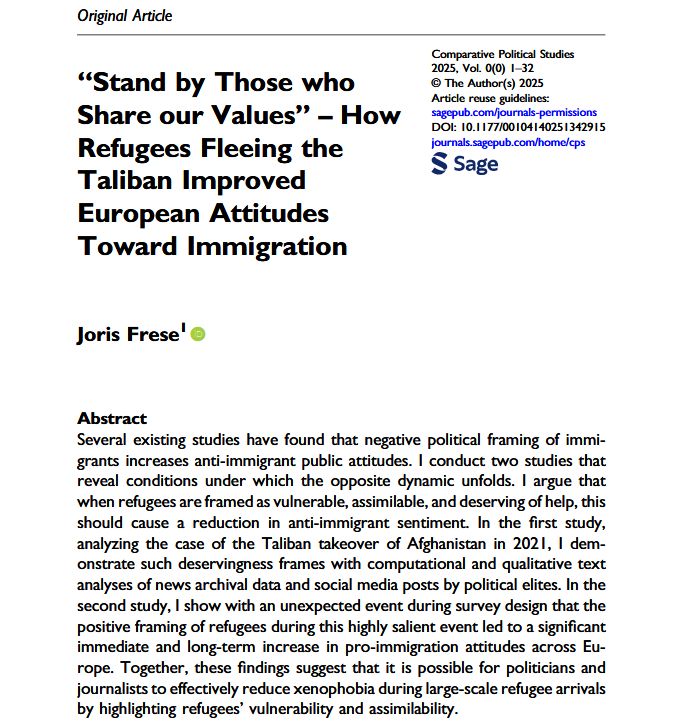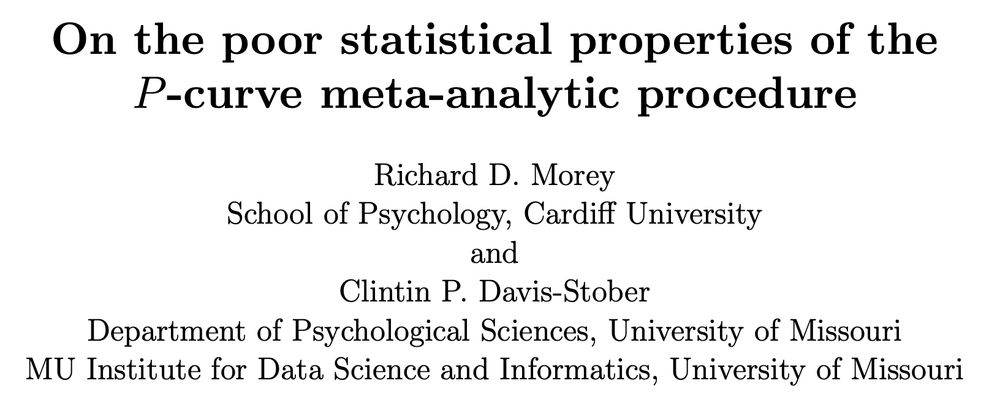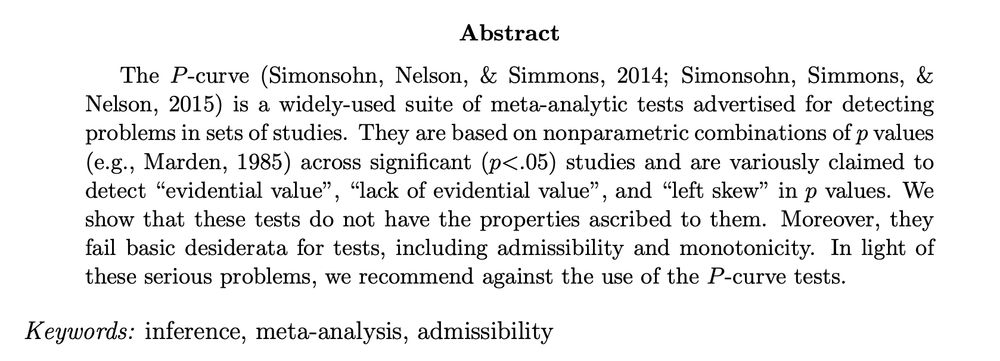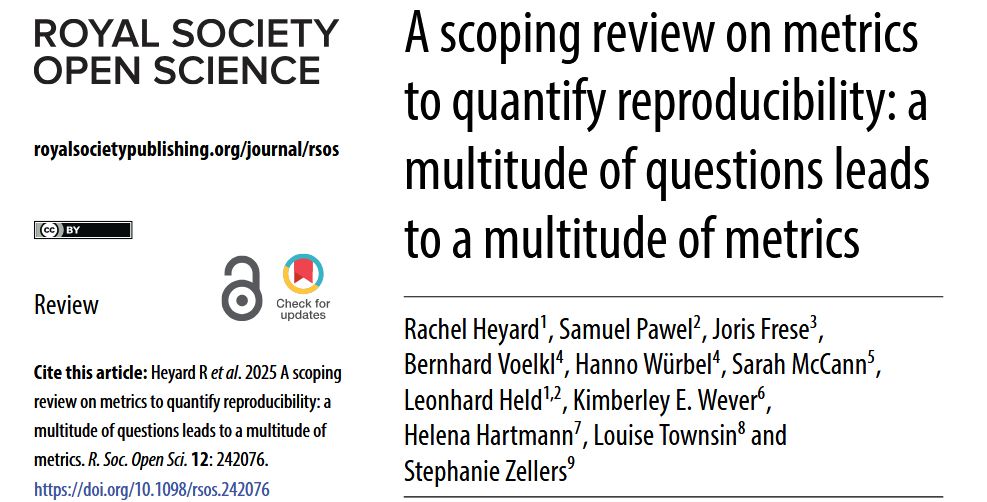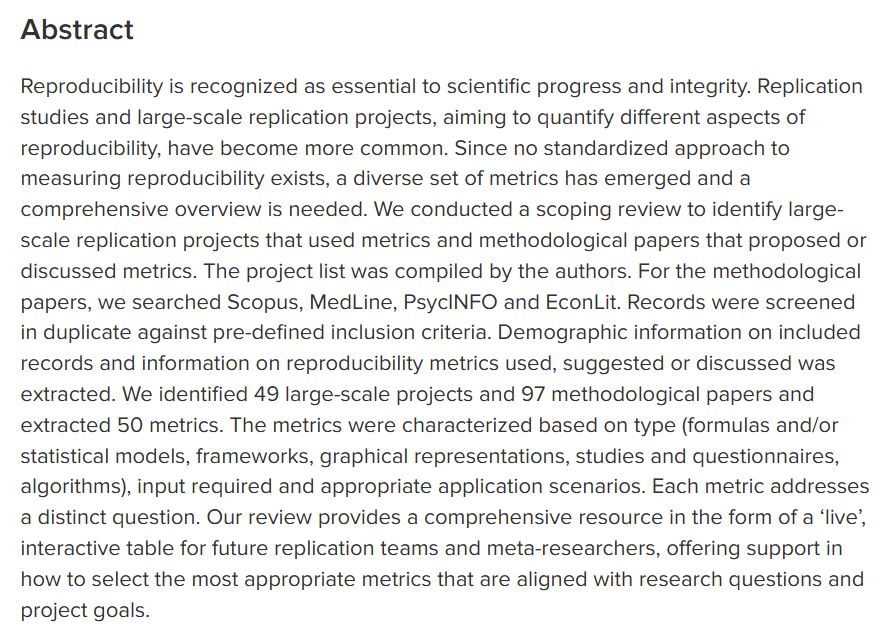Joris Frese
@fresejoris.bsky.social
3.5K followers
1.4K following
220 posts
PhD candidate in political science at the EUI.
Interested in political behavior, quantitative methods, metascience.
https://www.jorisfrese.com/
Posts
Media
Videos
Starter Packs
Pinned
Reposted by Joris Frese
Reposted by Joris Frese
Reposted by Joris Frese
Reposted by Joris Frese
Joris Frese
@fresejoris.bsky.social
· Sep 6
Joris Frese
@fresejoris.bsky.social
· Sep 5
Reposted by Joris Frese
Joris Frese
@fresejoris.bsky.social
· Sep 4
Reposted by Joris Frese
Reposted by Joris Frese
Reposted by Joris Frese
Joris Frese
@fresejoris.bsky.social
· Jul 21
Joris Frese
@fresejoris.bsky.social
· Jul 21
Joris Frese
@fresejoris.bsky.social
· Jul 21
Joris Frese
@fresejoris.bsky.social
· Jul 21
Joris Frese
@fresejoris.bsky.social
· Jul 21

